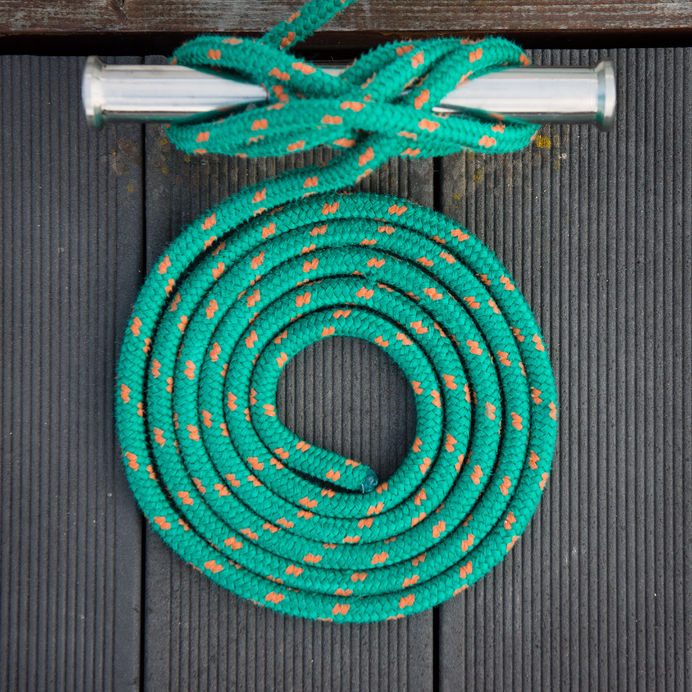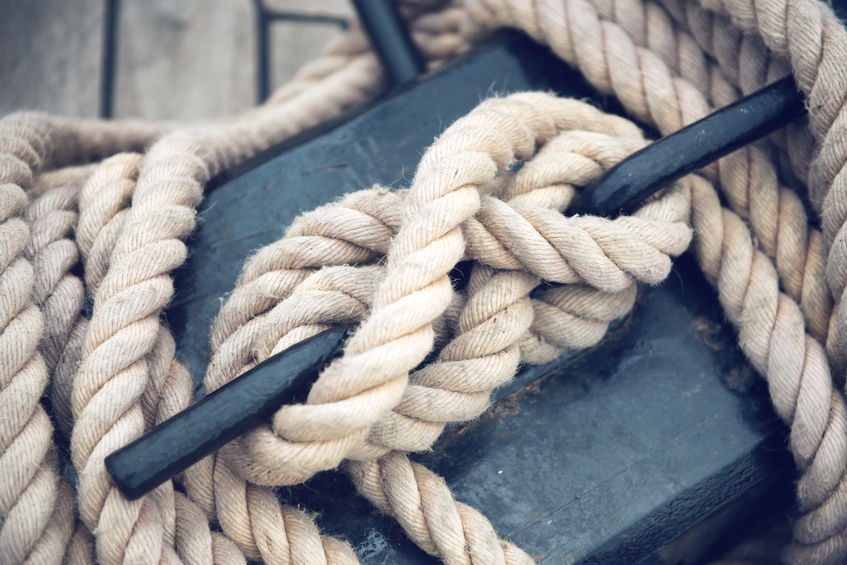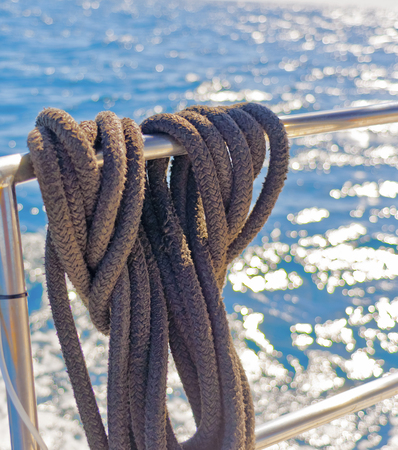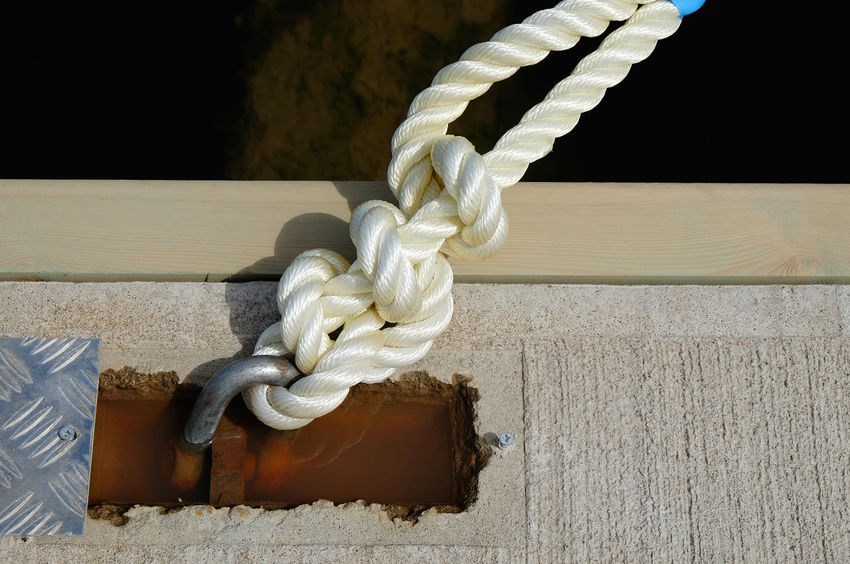Define the problem
20-10-2017
 Picture 1
Picture 1
A conversation I frequently have with clients is "what exactly is the problem you're trying to solve?". When we first begin working together, clients start with a definition of their problem, as they understand it. So often, we find that this isn't actually the problem, it is something deeper or it is something different. It is vital we all understand the problem we're trying to solve.
An example of this that might explain it better occurred to me recently, when I was off on a sailing trip. I'm doing lots of trips on yachts to build up my sea miles, to extend my experience under different weather and tide conditions and under different skippers. Every skipper I've met has had a certain way of doing things, built up from their experience and their preferences. On every boat I've been on, the overriding principle is 'shipshape', the boat always has to be tidy, ropes stored away neatly, fenders arranged tidily. After arriving in port, there is always a period of settling the boat down and making it neat and presentable. This chimes nicely with my own engineering attitude of tidying up the workshop or the desktop after completing work.
One thing I spotted on my last trip was the skipper's attitude to mooring lines. He always insisted on the end of the line on the dock cleat was attached using a round turn and two half-hitches (like this, Picture 3, although this is on a ring). Most people use OXOs, loops and hitches around the cleat (like this Picture 2). The problem with this arrangement is that you always end with a loose tail, on the dock. People solve this in different ways, and the skipper's pet hate was those who solve it by using spirals of rope (like bargees do, in this Picture 1).
His dislike of this solution is based on the fact that the spirals of rope gather rain and creatures which will spoil the rope and also will damage or mark the wood on the dock. Some boats are moored for months, never moving and the cute little spirals will leave marks on the dock.
 Picture 2
Picture 2
His solution was to start the mooring line on the dock with a knot (the round turn and two half hitches) and then take all the excess line on to the boat and make fast on the cleat on the deck of the boat. This leaves the remainder of the line on board where it can be stowed neatly (as in Picture 4). The dock cleat is then left neat and clear. Nothing is lying loose on the dock.

Picture 4
What struck me about this, is that he came up with a different approach because he had solved the real problem. The people coiling the line on the dock were solving a problem "too much line on the dock is untidy" and their solution was to try to make it tidy. My skipper had identified a different problem, a subtly different problem perhaps, but the difference is important. He identified the problem as "too much line on the dock". And he therefore came up with a different and better solution.

